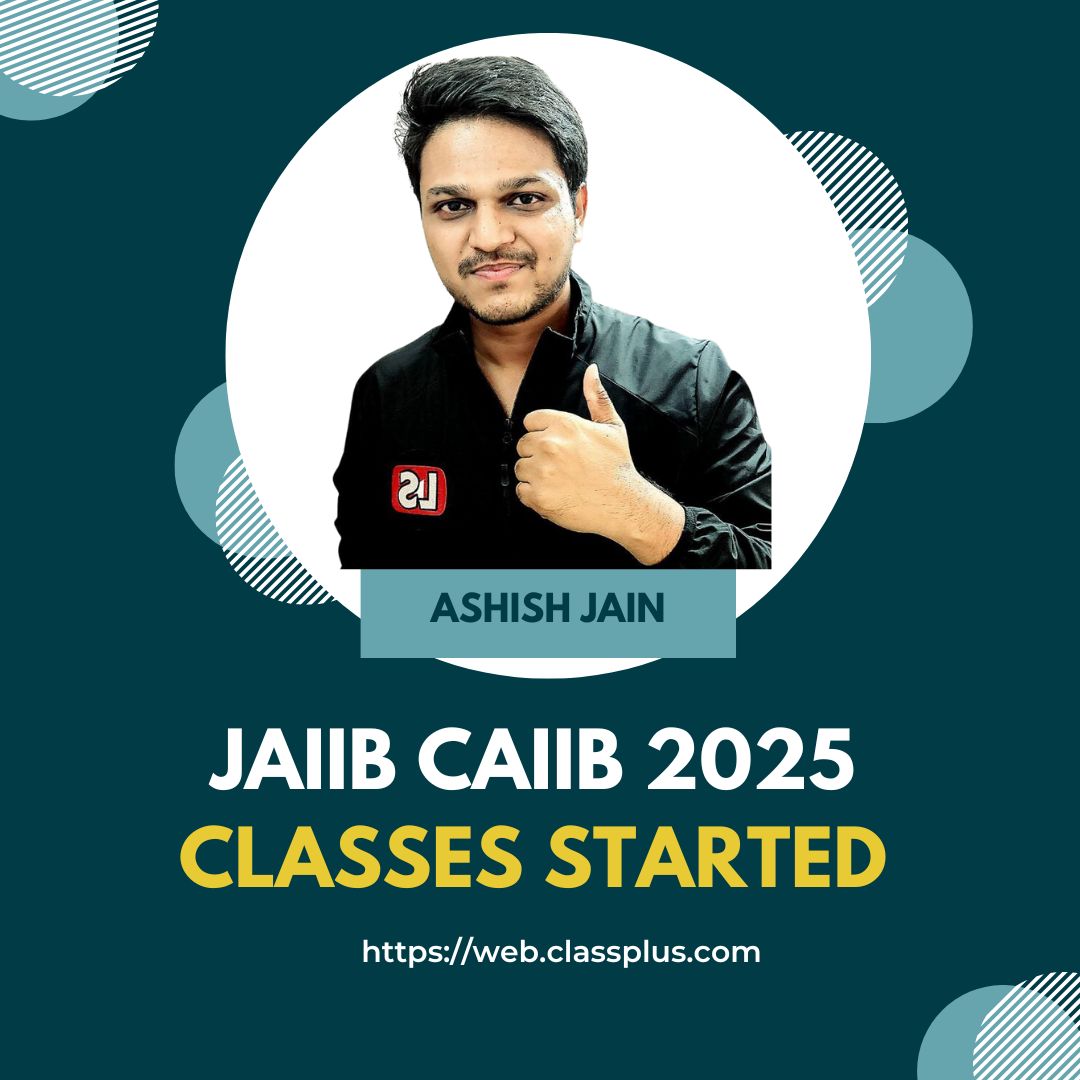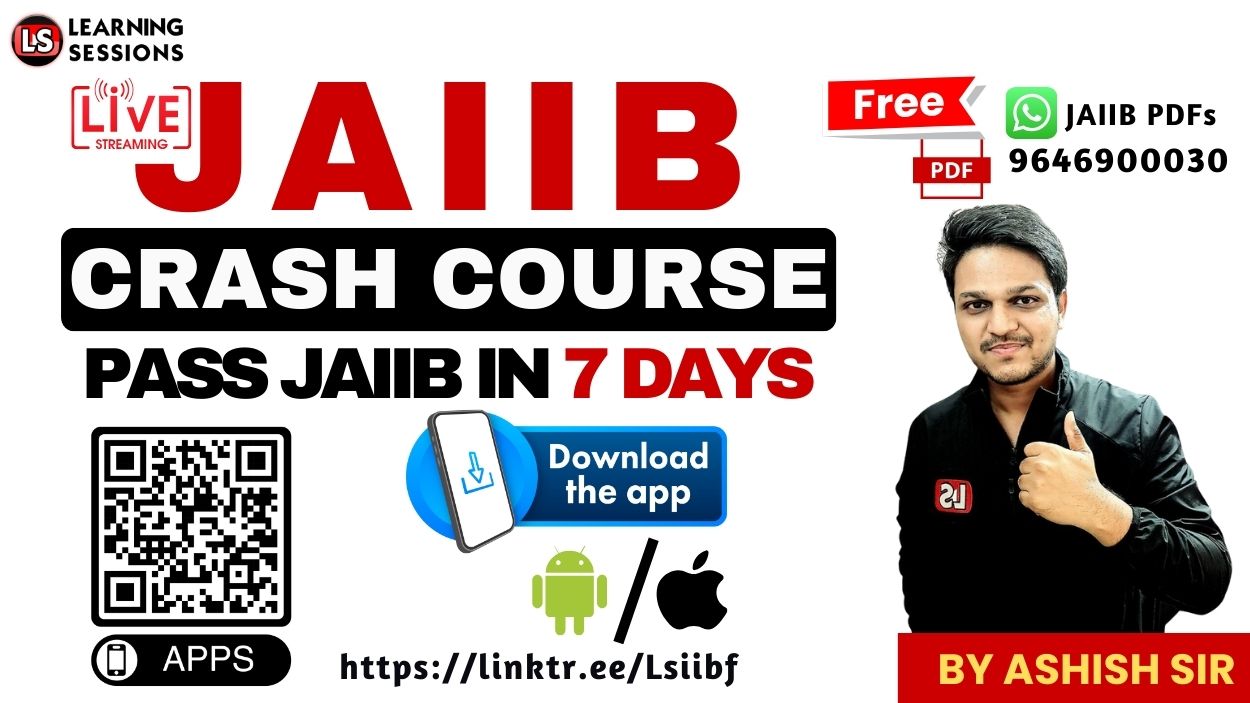Hey Bankers! 👋 Are you gearing up for your JAIIB exam? Whether you’re looking to sharpen your knowledge or need help with those tricky concepts in the RBWM (Retail Banking and Wealth Management) module, this session is just for you! 🚀
📚 JAIIB Study Resources 📚
👉 Check Here
👉 Check Here
👉 Check Here
👉 Get Tests Here
👉 Check Here
If you’re preparing for JAIIB and want to understand how to approach these tough questions, this article will be a game-changer. Whether you’re a banker or a student, this content is tailored to help you ace the exam and improve your banking skills.
Before we jump in, be sure to engage with us in the comments section below. Your feedback, questions, and experiences help us grow.
👉 “Before we dive in, watch this video for a complete breakdown:”
Sir Frederick Sevon’s Definition of Bank Marketing
First up, let’s talk about Sir Frederick Sevon’s definition of bank marketing. According to him, bank marketing is about creating services that satisfy customer needs and delivering them at a profit.
In simpler terms, it’s not just about advertising financial products to maximize profits. It’s about understanding your customer’s needs and delivering services that meet those needs while ensuring the bank makes a profit. So, if you’re wondering what makes a bank successful in marketing, this definition sums it up perfectly.
Think about it—when a bank markets its services, it’s not just about pushing products, but about building a relationship with the customer. It’s about understanding what they need, whether it’s loans, deposits, or financial advice, and providing the best solutions tailored to them.
This is customer-centric marketing in its truest form.
Kenneth Andrew’s Definition of Bank Marketing
Now, let’s talk about Kenneth Andrew’s take on bank marketing. He emphasized matching bank resources with customer needs in the most profitable way possible. Unlike the focus on aggressive sales, Andrew’s approach is about making sure that the bank’s resources are used efficiently to fulfill customer needs, all while driving profitability.
This approach highlights the importance of strategic planning and resource management in ensuring long-term success.
It’s like planning a meal with the right ingredients: you need the right amount of resources (ingredients) to satisfy the customer (meal) and ensure the bank’s profitability (making the dish delicious and appealing). This is an efficient use of resources that maximizes both customer satisfaction and profitability.
Price in the Marketing Mix
Let’s move on to the price component in the marketing mix. When it comes to financial products, price isn’t just about the cost – it’s the transaction cost associated with the product. For example, when a bank offers a loan, the interest rate charged to the borrower is considered the price. This is a direct cost to the customer and an essential part of the bank’s pricing strategy.
Why is price so crucial?
Because it determines how attractive your offering is to your target customers. If a bank offers a loan with a higher interest rate compared to competitors, it could push potential customers away. On the other hand, offering competitive pricing can help build trust and loyalty among customers.
So, remember, price isn’t just about what customers pay—it includes all the transaction-related costs. Think about the cost of delivering the service, the fees for various transactions, and how all of this ties into your overall profit strategy.
What’s Not a Promotional Activity in Retail Banking?
Now, let’s talk about promotional activities in retail banking. While personal selling, advertisement, and publicity are all part of the promotional mix, did you know interest rate calculations don’t fall under this category?
So, the correct answer is that interest rate calculations are not a promotional activity. This is more of a functional task rather than something used to market a product.
What does this mean for you as a banker or student?
You need to understand that promotion goes beyond just selling a product. It’s about creating an attractive package that appeals to customers and entices them to make a purchase. But functional activities, like determining interest rates, while essential, don’t directly contribute to the promotion of products.
SWOT Analysis in Marketing Process
Moving on to SWOT analysis—this is the first stage in the marketing process. It helps banks analyze their strengths, weaknesses, opportunities, and threats in the market. Think of it like a personal SWOT analysis: you need to assess what your business is good at, where it can improve, and where the opportunities lie in the market.
This is critical for strategic planning.
Imagine you’re starting a new product line for your bank. Before you proceed, you would do a SWOT analysis to determine:
- What makes your product stand out (strengths)?
- Where can you improve (weaknesses)?
- What opportunities in the market could you seize (opportunities)?
- What challenges might you face (threats)?
By evaluating these factors, you gain clarity on how to approach the market. It allows you to position your products effectively, and outsmart the competition. It’s the foundation for creating a winning marketing strategy.
The Place Component in Retail Banking Marketing
Let’s dive into the place component of retail banking. In simple terms, place refers to where the bank offers its products and services. This could be a physical branch or an online platform. The location plays a significant role in how banks reach their customers.
With the rise of online banking, the place component has evolved. Now, digital platforms like online banking apps and ATMs also count as part of the place strategy.
What does this mean for banks today?
It’s not enough to just have physical branches. You must also offer digital banking services to cater to customers who prefer convenience and flexibility. Whether you’re at home or on the go, customers should be able to access your banking services from anywhere.
Benefits of ATM for Customers
Moving on to the benefits of ATMs. Do you know the biggest advantage of an ATM for customers? It’s 24/7 access to funds. You can withdraw cash at any time of the day, even at 2 AM, unlike traditional banking hours. Plus, transaction time is reduced, making it more convenient for customers to access banking services quickly.
ATMs provide customers with a quick, efficient, and secure way to manage their finances. No waiting in long lines, no banking hours restrictions—it’s banking on demand!
[FREE PDF] JAIIB RBWM Module D | Most Important Questions #4
What’s an ATM Without a Depository?
In case you’re wondering about the difference between various types of ATMs: cash dispensers are ATMs without a depository. This means they can only be used for cash withdrawals, not deposits. It’s important to know the functionality of each type to better understand the technology used in banking operations.
Characteristics of White-Level ATMs
Let’s talk about White-Level ATMs. These are ATMs set up by non-banking entities and don’t display a particular bank’s branding. A great example is Tata’s ATM, which serves multiple banks. These ATMs only charge the interchange fee from the issuing bank.
Key Point: These ATMs provide a solution for banks to expand their reach without having to invest in new infrastructure. They also help non-bank entities make money by offering ATM services to customers of various banks.
Financial Inclusion through Business Correspondents
Finally, let’s discuss business correspondents. These intermediaries are key to expanding financial inclusion in remote areas where banks don’t have a physical presence. With business correspondents, banks can serve communities that otherwise would have limited access to banking services.
Conclusion
In today’s session, we covered key aspects of JAIIB RBWM Module C, from bank marketing to ATMs and customer relationship management. With these insights, you’ll be better equipped to tackle tricky questions on your JAIIB exam.
Now, take what you’ve learned and apply it—whether it’s enhancing your exam prep or deepening your understanding of banking strategies. Don’t forget to leave your feedback or questions in the comments below.
Download the PDF
👉 Download the PDF of this session for your notes!
This PDF includes all the key points and answers discussed in the session, giving you a convenient reference for later. Download now and stay on track with your exam preparation!







